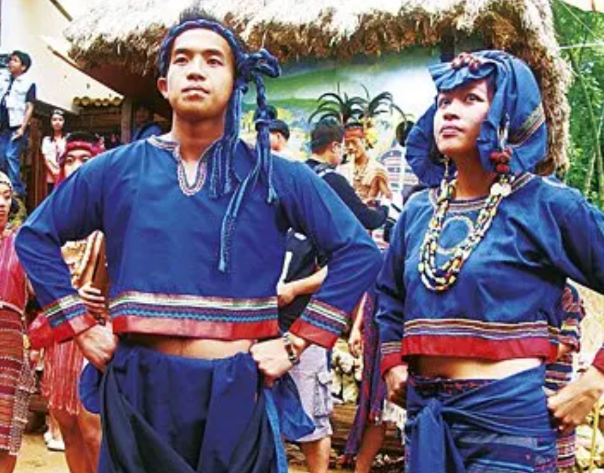Isneg
GUIDANCE
Please note that the information provided below is aimed to give a very general, introductory overview. There may be variations in practices and beliefs among different sets of Isneg communities that reside in the Philippines. Additionally, some of the language or materials presented may be rooted, unknowingly, with a colonial context or contain words, terms and phrases that may be inaccurate, derogatory, and harmful towards the people of the Philippines and its subsequent diasporic communities. The content and material presented within the Bahay Ugnayan website do not represent the staff or the owners' views; they are presented simply as information to be absorbed, interpreted, and corrected if necessary. All associated parties linked to Bahay Ugnayan hold strong anti-colonial, anti-racist positions and support the present and historically marginalized and disenfranchised communities of the Philippines.
LOCATION
Historical: The Isneg people, also known as the Isnag of Apayao, historically inhabited the Apayao province in the northern Cordillera region of Luzon, Philippines. This area is characterized by rugged terrain and river valleys.
Present: Today, the majority of the Isneg still reside in Apayao province, specifically in the municipalities of Calanasan, Conner, and Kabugao. Some communities are also found in the adjacent provinces of Cagayan and Kalinga.
Assumptions: Itneg is a self-identification of the ethnolinguistic group in Abra, the archaic term is Tinguian. Isnag are the ethnic group found in Kalinga to Apayao and Cagayan areas, Tumaini in Isabela. Isneg are also from Apayao who migrated and now live in Ilocos areas. Oftern Isnag is used as it is the place-based origin of this ethnic group.

CURRENT POPULATION ESTIMATE
The Isneg population is estimated to be around 30,000 individuals, though exact numbers may vary due to migration and census discrepancies.
LANGUAGE(S) SPOKEN
The Isneg people speak Isneg, which belongs to the Northern Luzon branch of the Philippine languages. The language has two dialects, known as Isnag and Isneg. Many Isneg are also fluent in Ilocano and Tagalog due to regional interactions.
BRIEF CONTEXT
The Isneg people are traditionally riverine, living along the banks of the Abulog and Apayao rivers. They are known for their seafaring skills and have historically engaged in trade and fishing.
SPECIALIST ARTS & CULTURAL ASPECTS
WEAVING
Isneg weaving is distinguished by the use of natural fibers such as abaca and cotton. Traditional garments include the bado (blouse) and abel (woven skirt). The weaving process involves:
- Preparation: Fibers are extracted from abaca or cotton plants and spun into threads.
- Dyeing: Threads are dyed using natural dyes derived from plants and minerals.
- Weaving: The traditional backstrap loom, known locally as awid, is used. The weaver adjusts tension by leaning back, allowing intricate designs to be woven.
- Designs and Motifs: Common motifs include geometric patterns, nature-inspired designs, and symbolic representations of community values.
BASKETRY
Basket weaving is another prominent craft, utilizing rattan and bamboo. Baskets are used for everyday purposes and ceremonial functions.
MUSIC AND DANCE
The Isneg have rich musical traditions, with instruments such as the tallak (bamboo zither) and gansa (gong) being integral to their music. Dances such as the Tadek (victory dance) are performed during festivals and important community events.
SPECIALIST ANTHROPOLOGICAL BELIEFS
The Isneg maintain a variety of traditional beliefs centered around nature and ancestor worship. Rituals are conducted by community shamans, known as alian, who communicate with spirits and ancestors. Ceremonies often involve offerings and prayers to ensure harmony and prosperity within the community.
COLLECTION EXAMPLES
Examples of the many Isneg objects included in the Mercedes Zobel Collection of Indigenous Philippines Textiles and Artifacts are:
REFERENCES
- [Cultural Center of the Philippines - Isneg]
- [Philippine Statistics Authority - Indigenous Peoples of the Philippines]
- [Wikipedia - Isneg Language]
- [Philippine Textile Research Institute - Isneg Weaving]
- [National Commission for Culture and the Arts - Isneg Crafts]
- [National Commission for Culture and the Arts - Isneg Beliefs]



